Clinic without a menu — for 28 years now
240-0112
Kanagawa-Ken, Miura-Gun
Hayama-Machi, Horiuchi 815
Tel: +81 – 46-876-3077
Email: contact@thoacu.com
(For emergencies or during holidays: call my cell phone: (in Japan) 090-4846-6985 any time. In the hope, my services are not required in the middle of the night …)
I am also listed on several “word-of-mouth” sites, one being:
List of possible indications ->


Basic treatment fee: 5000 Yen
Initial fee: 1000 Yen
First visit = 6000 Yen
Special fees for low-income earners*
Low-income earner” – I would very much appreciate if people asking me for this special treatment could be honest about this, since I myself am a VERY low (critically) income earner.
Consultation:
Please feel free to ask me anything you are worried about or would like to know. I will try to answer any question to the best of my knowledge. Just send me an e-mail and I will get back to you.
Local references:
Frequently I am asked, if I can recommend physicians, hospitals etc. in the neighborhood. I will start to make a list of such references.
Sometimes I am asked to “introduce” therapist is some other parts of Japan. That unfortunately has proven to be very difficult. Often I do not even get an answer, when I ask the offices of local branches of acupuncture associations.
Articles/entries referred to on my old Home Page
… mostly included on page “Foreign Studies”, while the article “With all due deference” is found among the Posts.
Basic concepts
Western, “scientific” medicine has achieved magnificent results and saves countless lives. Yet, the wonders of science and technology do not necessarily provide the answers for everything.
Oriental medicine, referring in particular to acupuncture/moxibustion, is a traditional therapeutic modality and been in more or less continuous use for around 2,000 years. Personally I sometimes like to compare the contributions of acupuncture to the healing process of those conditions where it can be of use, with a reprogramming of a distorted body ‘program’, using the skin as an interface.
And – of course – there is no point in “discussing” which of these approaches is better/superior.
As an acupuncturist I do not heal or cure anything. I.e, I do not provide/introduce anything to/into the body, that is not already there in the first place. If my patients get well, this is because their bodies healed themselves – I just initialize, or maybe adjust, the process a little with the needles.
“I consider it my job to make sure, that patients do NOT NEED to see me …”
- That means: I endeavor to use all the knowledge and means at my disposal to guide the patients to independence from medical care.
- The body tries to heals itself, but sometimes needs some assistance.
- People are largely responsible for their body (and health).
- People can do much more themselves than usually thought; the DO-IT-YOURSELF concept.
- I try to help my patients to become (therapy) independent.
- For this purpose, I often advice my patients to do some “homework”.

Clinic without a menu … meaning what?
It may be the trend of the times. Almost all clinics I know of use some form of a “menu”: detailing the treatment times of offered courses in 5-10-minute intervals and the corresponding treatment fees. Sometimes the difference(s) may be as small as 5 Yen (about 5 cents!).
If the treatment modality XXX is added, or the treatment duration exceeds the ordinary, menu-defined time, an extra charge of ZZZ will be applied.
That is probably the “normal” way to do business.
However, personally I cannot go along with this concept. So .. I basically do not have any “real” menu(s) and do what it takes to make the patient better. No extra charge for 30 minutes longer or an added treatment modality. I DO have a list of treatment fees in my clinic, but they are not really menus, like for example the fee for house calls.
PEOPLE visiting my (a) clinic are by definition “ill” and “suffering” PATIENTS.
People are NOT a set of detachable parts: like when you visit an orthopedist for pain in the left knee, s/he looks at/treats only the left knee, like in some sort of repair shop. And if the problem is not caused by bones or muscles, the broken robot is send to yet another repair shop. In each repair shop (= clinic) they look at the broken part, but are in danger of loosing sight of the “person” = patient they are supposed to treat. Hippocrates already said that physicians are not supposed to treat diseases, they should treat people.
Oriental medicine basically examines “people”
People working in the medical profession are supposed to care for ill or suffering people. That is not only in oriental medicine a basic concept, but has as already mentioned in the preceding paragraph been demanded by the father of western medicine. As a traditional craftsman that to be true and therefore did not set up any fancy menus, running my clinic without menus for 27 years now.

Acupuncture and moxibustion treatment: what can it do?
Acupuncture and moxibustion treatment involves using metal needles for physical and the material “moxa” used for thermal stimulation aimed influencing the FUNCTION of the body. In a narrow sense it is therefore a sort of phsiotherapy. Not only man but also animals (and although signal transmission and reactions are different in plants, they nevertheless do respond to external stimuli) react to said stimuli in various ways and to different degrees.
Acupuncture treatment does NOT introduce something that has not been there before into the body. It (simply) modifies, ideally improves its function(s) (including mental functions!)
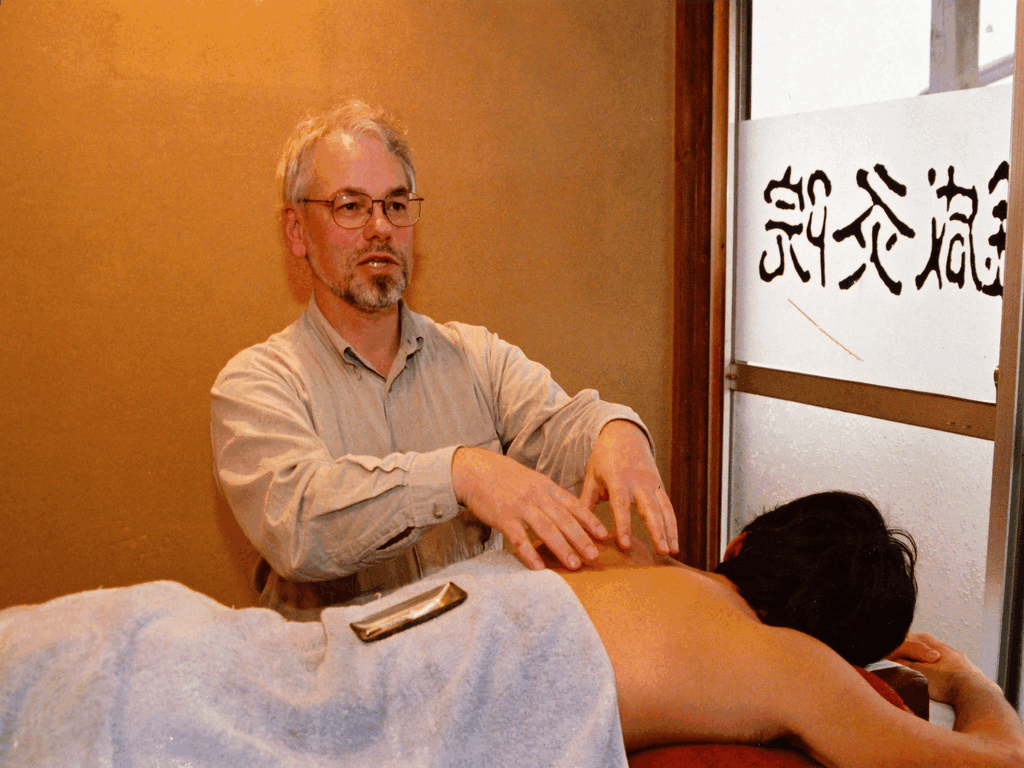
The keyword here is FUNCTION.
Diseases can be very roughly classified as either “organic” diseases/disorders, where the structure / composition of the body has changed (e.g., fracture) or “functional” diseases/disorders, where the body structure is intact, but its functions are temporarily or permanently disturbed. The chances of acupuncture or moxibustion treatment being helpful for organic disorders are slim, but it may be very effective for the functional disorders.
Treatment
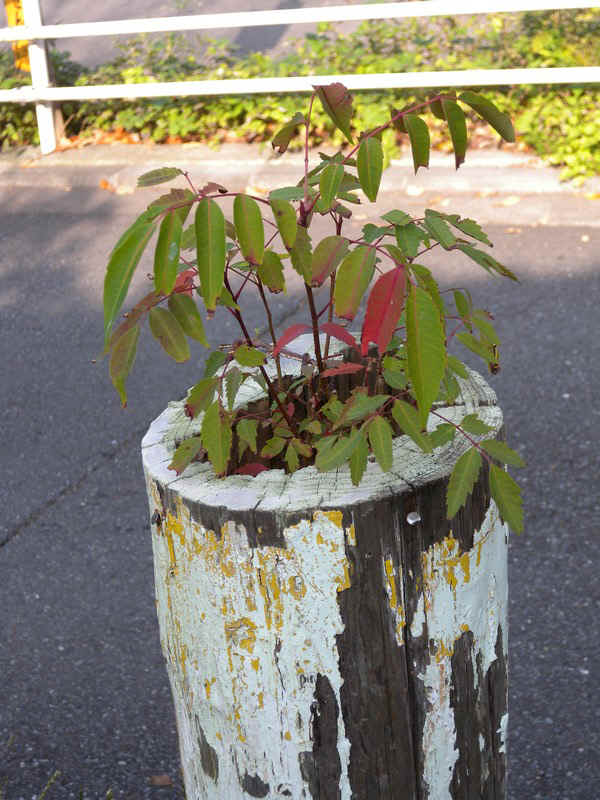
During acupuncture treatment, at least in Japan, very thin stainless steel needles are inserted. Depending on the school or style the practitioner adheres to (if any), the needles may be inserted to a depth of only 2-3 mm, or under different circumstances and/or for other purposes to maybe 4-5 cm. These needles are then left inserted for certain periods of time, or in some cases stimulated electrically. Even though the so-called needle sensation is supposed to be “beneficial” or even essential to obtain an effect (a notion I do not believe in), not everybody likes that feeling. Therefore I try avoid needling patients in ways that cause either pain or cause an as unpleasant perceived needling senstaion.
In case of moxibustion I put tiny cones of twirled moxa directly onto the skin and burn them, but before those cones burn down to the skin, I extinguish them with my fingers. So, the patients usually do not perceive the moxibustion as hot. I have treated my own four children in this way 2 hours after they were born and none of them cried. Thus, there is no reason, why I should not be able to treat grown-ups.
Treatment techniques
- Usually I insert the needles and retain them for around 15 minutes, sometimes longer;
- A pulsed current is applied to two needles (I rarely use this technique;
- The needles are inserted to a deeper level and stimulated manually;
- Tiny moxa cones are burnt directly on the skin;
- For sensitive patients something is placed between the moxa and the skin; indirect moxibustion;
- Warming moxibustion – where the moxa is used in various ways, without direct skin contact and usually without burns,
- Shiatsu
- Massage (I have my “private brand” of a mix of shiatsu and massage.
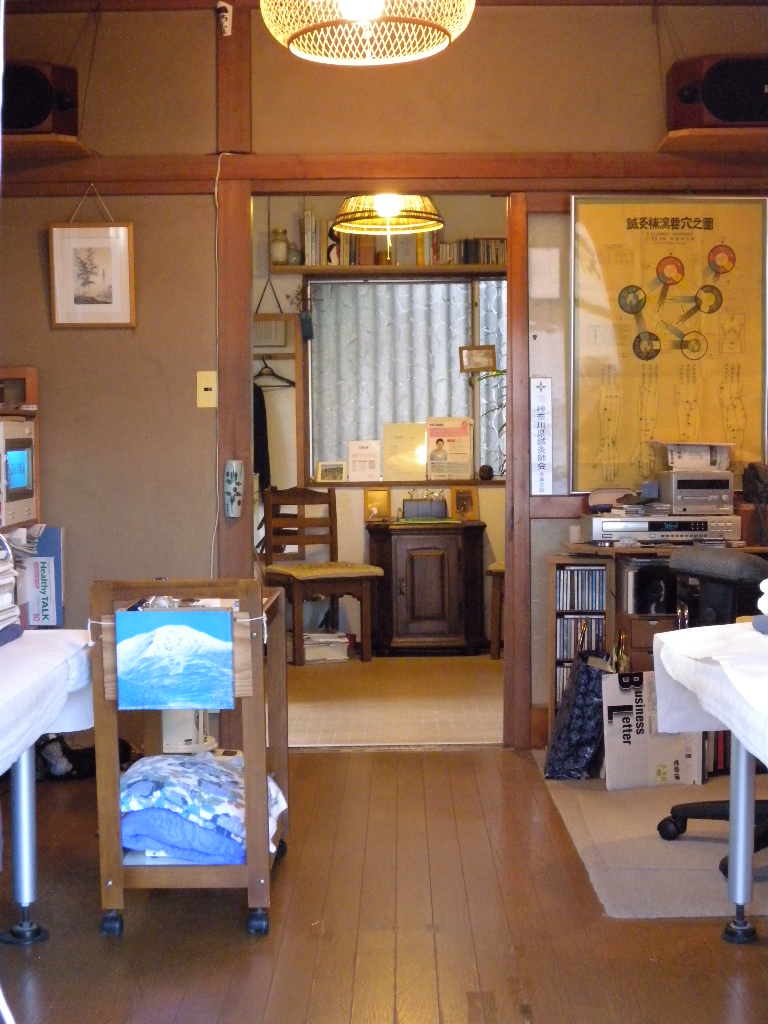
Moxibustion is a reward and not a punishment
Mentioning moxibustion to Japanese people usually brings up memories of those people being threatened in there early youth to be “treated with moxa” if they behave(d) badly. Meaning: moxibustion is viewed by many people, each though they don’t have any experience, as a form of punishment. To me that sounds like an intrigue design to discredit this treatment form. But .. there are “a million ways of administering moxibustion treatment in the east”.
Once you experienced the effects of properly applied moxibustion treatment, you will understand, that it is not a punishment but rather a reward. If I do have any problems, moxibustion is usually my first choice.
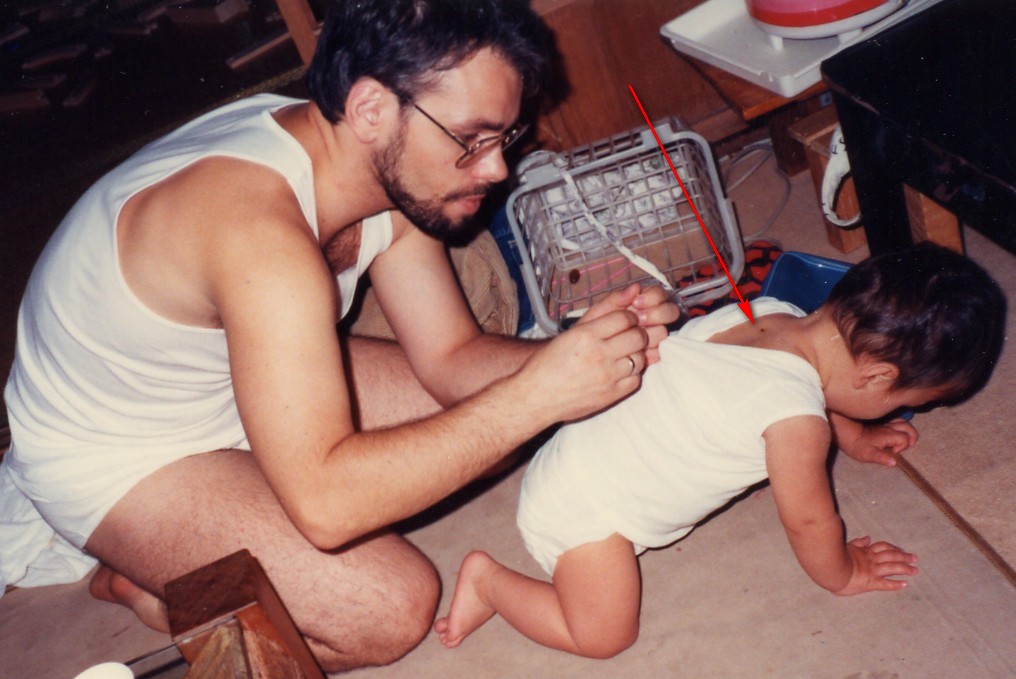
Needling does not hurt
Needling is often misunderstood in the same manner. Even though most people have not yet tried it, they “think/believe” it hurts. The needles I usually use are about 3-5 cm in length and are 2/100~4/100 thicker that the hair of an Asian person. These needles are inserted during the first treatment session for only about 2-3 mm. Patients rarely say the needles hurt. Quite on the contrary, they feel relaxed and comfortable so that many patients fall asleep.
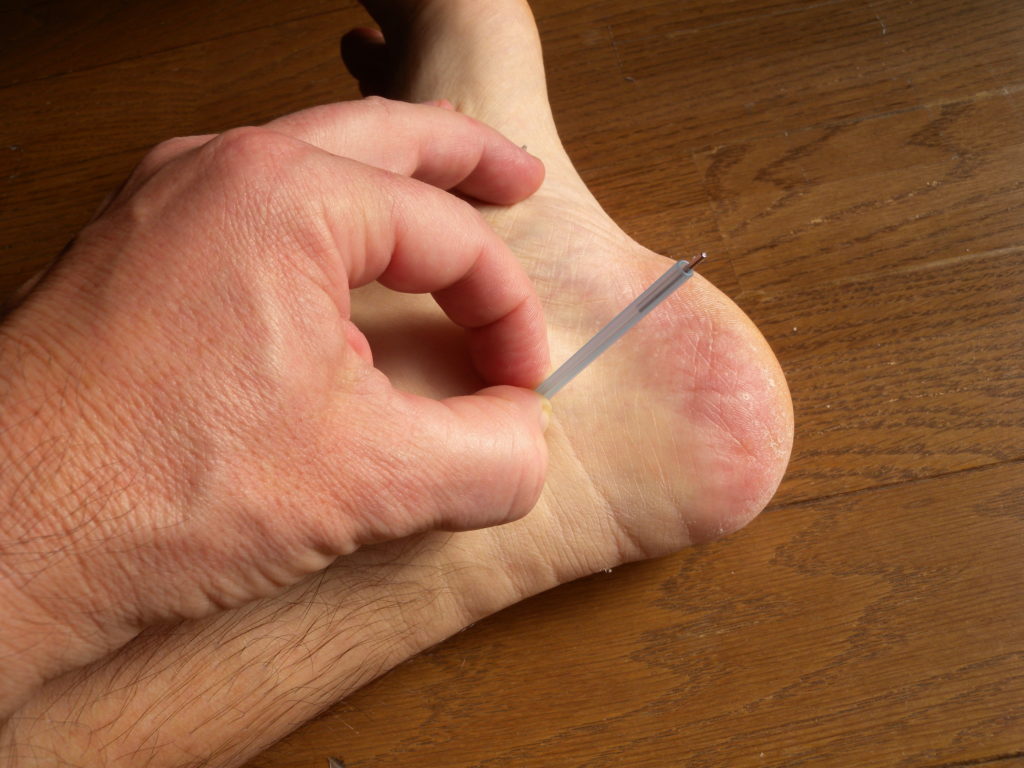
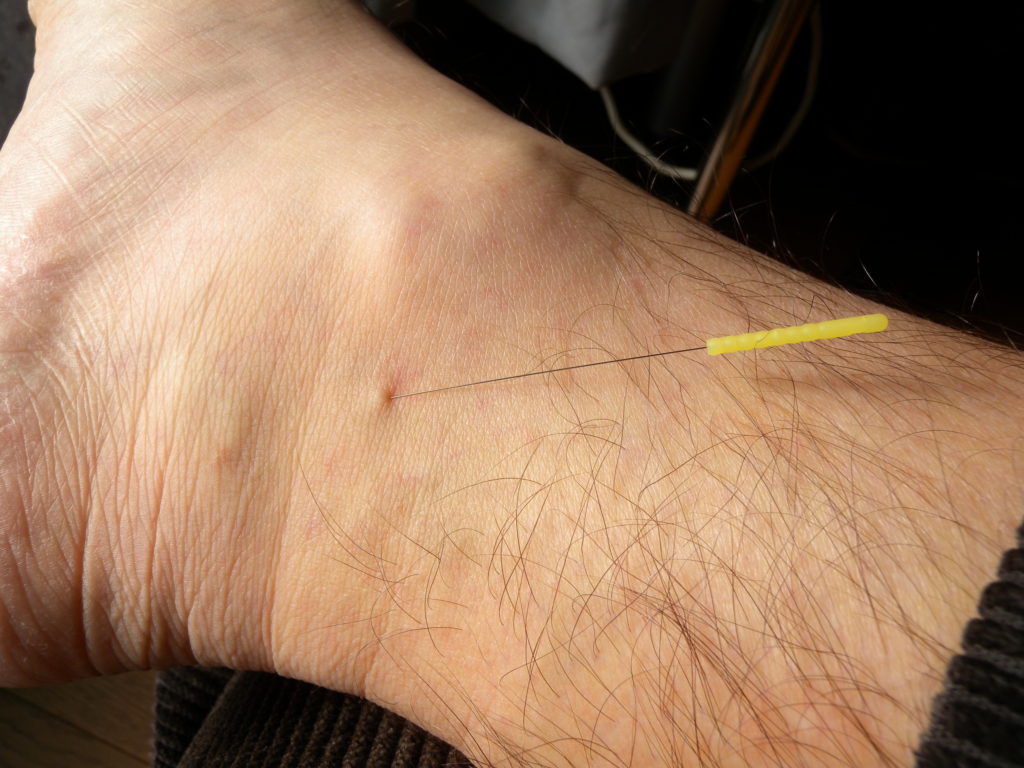
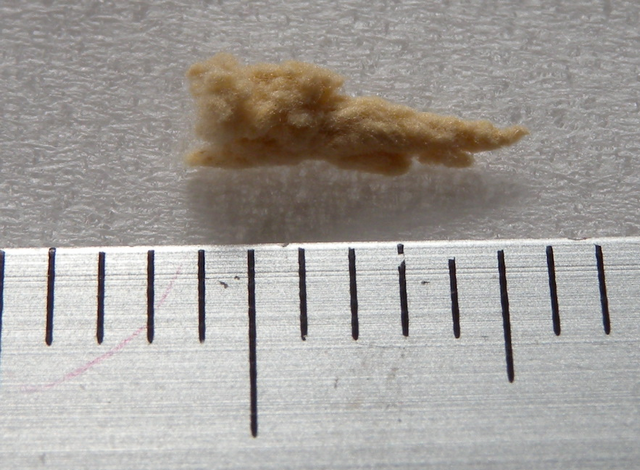
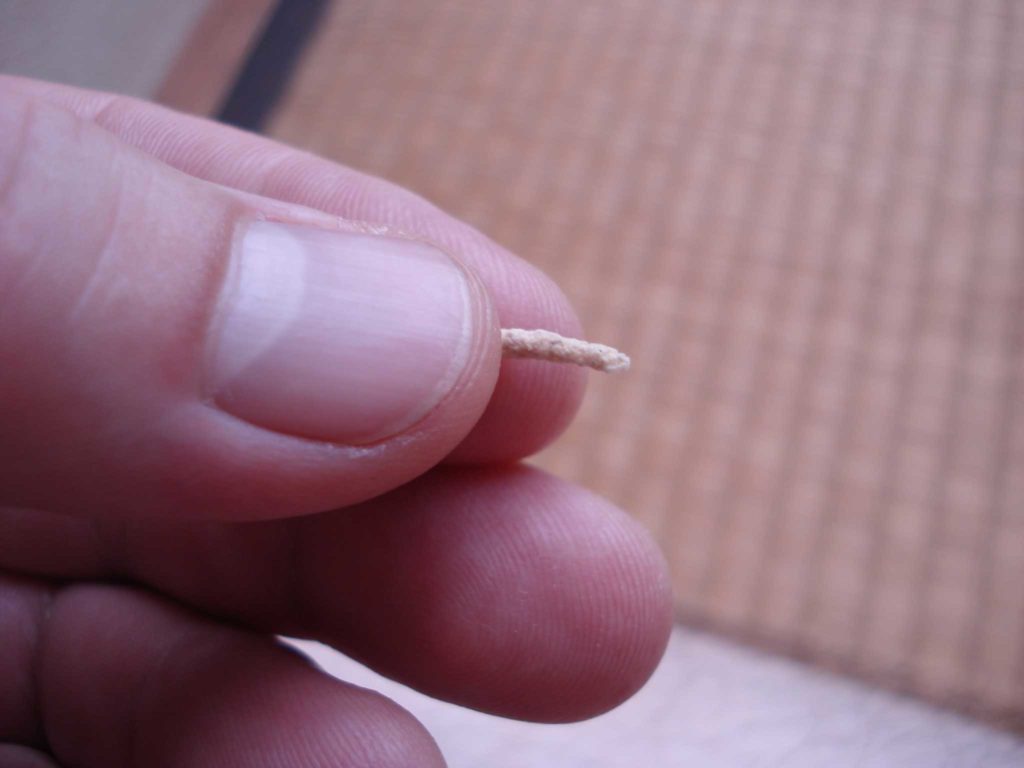
Timeless – priceless
When I recently had a chance to view another clinic from the inside, I noticed that their “menu” specifies the treatment time in minutes. Since I am not capable of (probably too stupid) of treating patients in predetermined periods measured in minutes, I simply do NOT have/use any fixed treatment time. Patients with lots of problems require more time, but I have never asked any patient in the past for any sort of “overtime rate”. In this sense my treatment could be called (if you do not mind the word play) “timeless”. Being timeless may make it even “priceless” (so precious that you cannot buy it with money). It just my totally insignificant personal opinion, but a practitioner should not be a business man and thus not fall under the paradigm “Time is money” Thomas Jefferson created in this “Letter to a business man”.
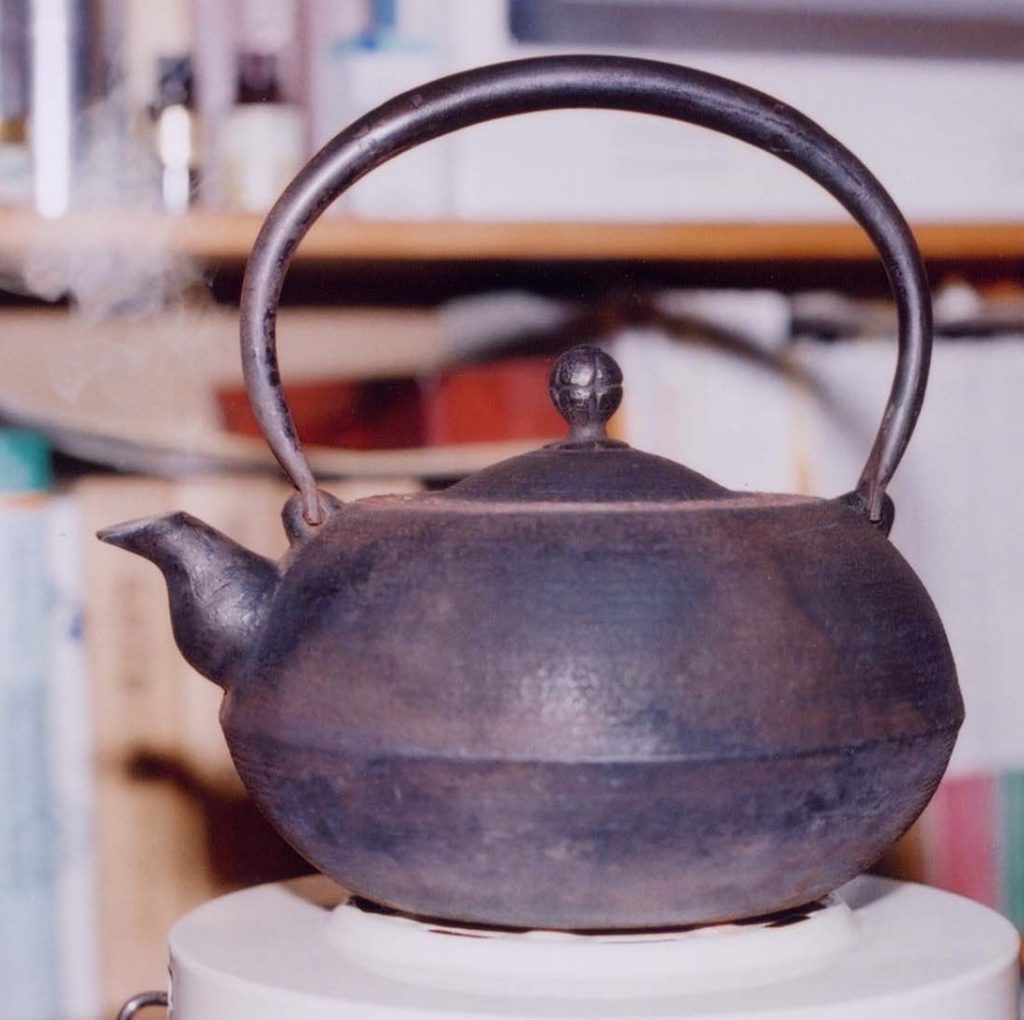
In the past, specifically during the time western medicine was introduced to Japan, the Japanese medical practice was greatly influenced by Germany. There the outpatients or ambulant (capable of moving) patients were seen by the physicians during their “Sprechstunde”. Directly translated it would mean something like “an hour / time to talk”. A very nostalgic notion of medical care in a time when an hour to talk is reduced to minutes or even only seconds and your name transformed into a digital mumble jumble.
There are a lot of other things that got lost on the way into a scientific (EBM!) utopia.
Moxibustion - Techniques and applications
I am a “moxa”-fashioned person
Naturally, that does not make any sense in English. In Japanese the term “old-faschioned” is pronounced “kyushiki”, where the character for “kyu” means old, ancient. In my propensity for word plays I have replaced that character with the one referring to moxibustion, also being pronounced “kyu”. That then means I am a person who chooses moxibustion before considering any other treatment options.
Moxibustion is a folk treatment that has been in continuous use for over 2,000 years and over those years probably saved countless people. I can be/was used to treat already existing illnesses or ideally address problems that might become an illness in the future. Nowadays one would say “preventive medicine”. The Chinese and Japanese have an expression meaning roughly “treat what has not yet developed into a disease”. Based on this concept moxibustion has greatly contributed to maintaining the health of the people.
I run a very old-fashioned “business” (I do NOT identify myself or my clinic with the notion of “business”). Being a “moxa”-fashioned person is just another expression describing my preference. Considering that dentists ask you to brush your teeth for 10-15 minutes in the morning and evening, a quick 5-minute session to perform a quick moxibustion treatment yourself seems like a minor burden to me.
禅語=「歩歩道場」 - いつでも、どこでも修業



Outstanding Japanese craftsmanship
As an acupuncturist I started my work = acupuncture and moxibustion (pronounced in Japanese “shinkyu”) = a real quest (also pronounced as “shinkyu”) about 37 years ago, but I am afraid, it will take me another 200 years or practice to get things halfway right. After that, hopefully, I might possibly be able to live up to the requirements of a craftsman.
Acupuncture and moxibustion treatment is a craft with a very long tradition. I will do everything I can to bring out the best out of the treatment and not forget its real value.
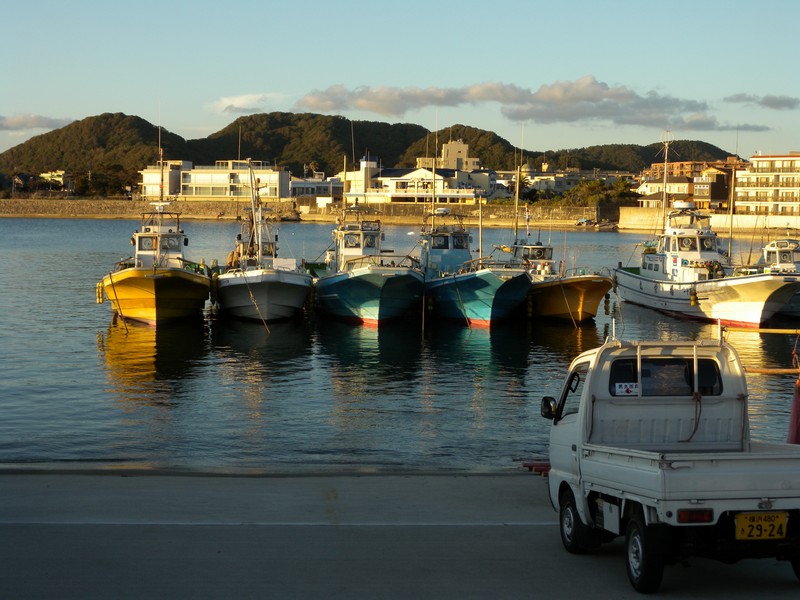
Please show your craft also to foreigners
Since my (original) site has had English and German sections for over 20 years now, I sometimes happen to receive inquiries asking me, whether it is possible to observe (shadow) practitioners or even attend some courses for foreigners in Japan. Being a foreigner myself (I sometimes forget that), I tried to help those people finding pratitioners / places where they might find what they were looking for. MOST (almost 100%) of those foreigners already do have some form of license, mostly related to Chinese acupuncture, but were looking for something different. Please look also here.
Me being a foreigner, having few patients and still in need of 200 years of practice am willing to welcome foreigners in my clinic, but probably are not really what these foreigners are looking for. Also having very little of a social life, my resources are very limited and asking someone new to let foreigners observe in their clinic is often rejected.
Yet, the Japanese craftsmanship SHOULD be shown to those who wish to learn about it. That is why I am still continuing to “efforts”. My original site has a page, where I ask Japanese practitioners for help, but this is only available in Japanese.
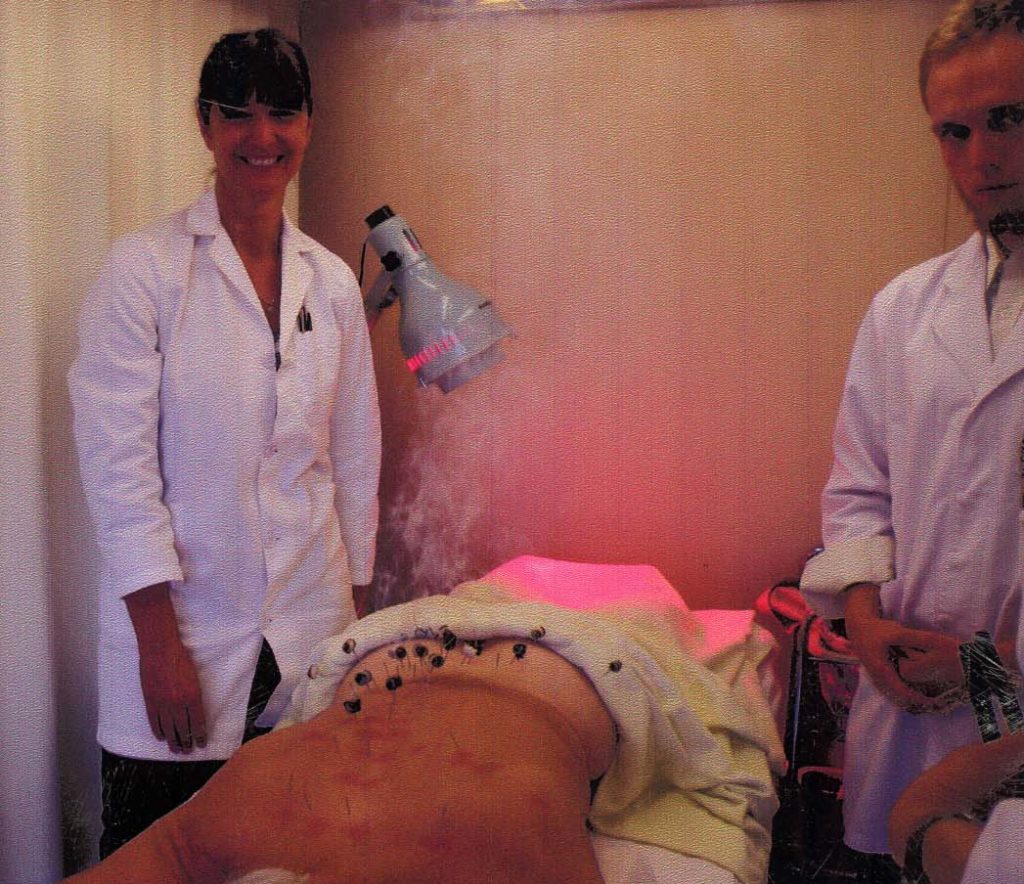
Glossary related to acupuncture, moxibustion and oriental medicine
Over the past 30 years working as a freelance translator I also had the opportunity to translate materials related to oriental medicine. Most of these were from Japanese to English. Terms I have been looking up during that work and memos I started to “organize” in form of a spreadsheet.
The original manuscripts often contained highly technical terms not readily found in common dictionaries, so that I bought myself over the years a number of specialized dictionaries. However … in years of looking I found only ONE little (!) Japanese-English dictionary of oriental medicine. And that one did not always help.
That is why I started my private collection of terms, book titles, drug names etc. In theory, it would probably a good idea to organize those data in form of a database or dictionary file, but I do not yet know how to accomplish that. Yet, my still small collection of terms etc. already shows that there are certain differences between the way Japanese think about acupuncture etc. and the Chinese concepts. So, Chinese-English dictionaries will not always be helpful when working with Japanese manuscripts.
As a means of offering glimpses of Japanese acupuncture and oriental medicine, I consider this an important task. Unfortunately, I am not really making much progress with it. It takes a a lot of effort and time. I did ask people I know to help me, but there was practically no response. Well, I will continue with this hobby of mine.
There is a dedicated page on my original website, but not yet translationed.→
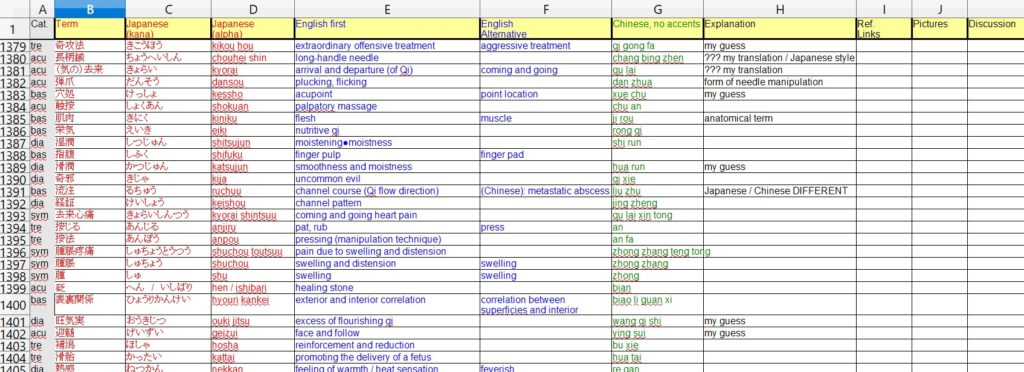
Search


List of hashtags I added. This is a test.
鍼 #針 #鍼灸 #鍼灸院 #東洋医学 #伝統 #職人 #葉山 #逗子 #おきゅう #肩凝り #眼精疲労 全身疲労 #難病 #履歴 #歴史 #自伝 #お話 #ドイツ人 #トーマス #トーマス鍼灸院 #鍼灸師 #英語 #ドイツ語 #用語集 #翻訳 #通訳 #低所得者 #丁寧な説明 #書籍 #acupuncture #moxibustion #clinic #English #German #Hayama #Zushi #StiffShoulders #LowBackPain #SystemicDiseases #LowIncome #alternativetherapy #holistic #interview #personlized #books #translation #interpretation #glossary #oriental #medicine #books #recommend #therapy
![]()

